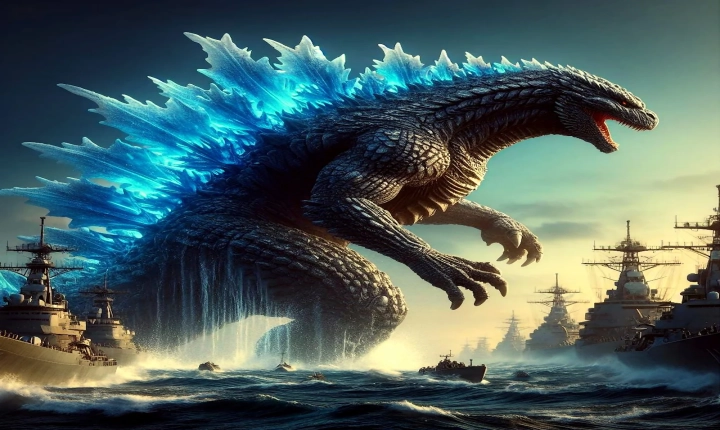Is RPA a Form of AI?
In recent years, both Robotic Process Automation (RPA) and Artificial Intelligence (AI) have gained prominence in the technology sector. However, there’s often confusion about whether RPA is a form of AI or if they’re entirely separate technologies. In this article, we’ll explore the relationship between RPA and AI to better understand their similarities and differences.
RPA is a technology that allows businesses to automate repetitive and rule-based tasks, such as data entry, form processing, and simple decision-making processes. It achieves this by using software “bots” to emulate and integrate the actions of a human interacting with digital systems. RPA aims to streamline operations, reduce human error, and increase efficiency in routine tasks.
On the other hand, AI refers to the ability of machines to simulate human intelligence, such as learning, reasoning, and problem-solving. AI technologies can analyze data, recognize patterns, and make decisions based on the information available. AI encompasses various subfields, including machine learning, natural language processing, and computer vision.
While both RPA and AI involve automation and are used to improve business processes, they operate in different ways. RPA focuses on automating specific workflows and tasks that follow predefined rules, while AI is more focused on mimicking human cognitive functions and making decisions based on complex and unstructured data.
However, the lines between RPA and AI are becoming increasingly blurred. Many RPA platforms now incorporate elements of AI, such as machine learning algorithms, natural language processing, and computer vision, to enhance their capabilities. This integration allows RPA bots to handle more sophisticated tasks, analyze unstructured data, and make decisions based on real-time information.
In addition, AI technologies can be used to augment RPA by enabling cognitive capabilities, such as understanding natural language, recognizing patterns in data, and making decisions based on complex scenarios. This combination of RPA and AI, often referred to as intelligent automation, offers organizations a more comprehensive way to automate and optimize their business processes.
Ultimately, while RPA and AI are distinct technologies, they are increasingly converging to create more powerful and intelligent automation solutions. As a result, it’s important for organizations to understand the capabilities and limitations of both RPA and AI in order to effectively implement technology solutions that meet their specific business needs.
In conclusion, RPA is not a form of AI in the traditional sense, but they are closely related and often used together to create more effective and intelligent automation solutions. As technology continues to advance, the boundaries between RPA and AI will likely continue to blur, leading to even more innovative and impactful automation capabilities for businesses of all sizes.
